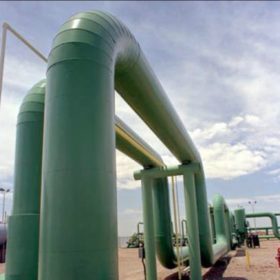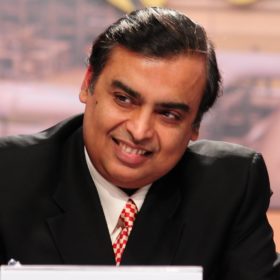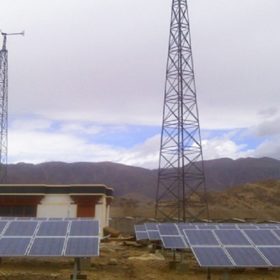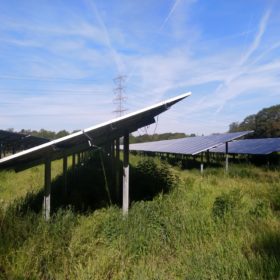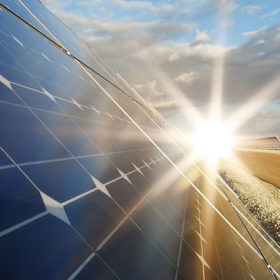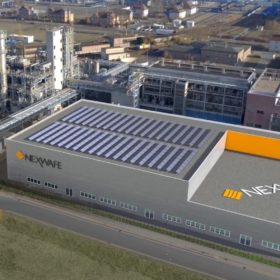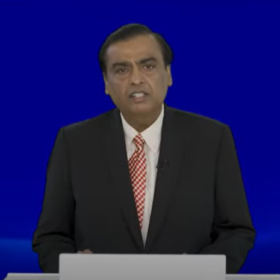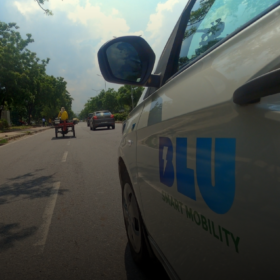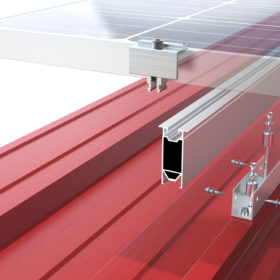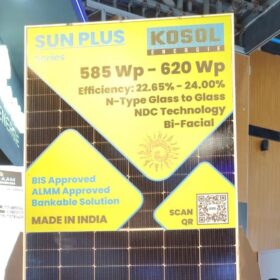Hero Future Energies, Ohmium to install 1 GW of green hydrogen capacity
Indian renewable energy developer Hero Future Energies has partnered with US-based Ohmium International on the development of green hydrogen plants in India, the UK, and Europe with a cumulative electrolyzer capacity of 1 GW.
Reliance Industries to acquire sodium-ion battery provider Faradion
Reliance Industries said its solar unit will buy UK-based sodium-ion battery technology provider Faradion for GBP100 million (US$135 million) including debt, as the Indian conglomerate pushes forward with its ambitious plan to move into the renewable energy industry.
REC signs US$ 169.5 million loan agreement with KfW for innovative solar projects
This is the fifth credit line signed between REC Limited and KfW for the financing of power sector projects and the third credit line for the financing of renewable energy projects.
Virescent acquires 55 MWp of operating solar assets from Focal Energy
The acquisition is in line with Virescent’s strategy to acquire operational renewable energy assets that have stable long-term cashflows with government counterparties across India.
Shirdi Sai Electricals signs MoU with German firm to build 4 GW solar fab
German engineering and consulting firm Viridis.iQ GmbH will assist in conceptual design to construction and commissioning of the 4 GW vertically integrated poly-to-modules solar factory.
Danish electrolyzer firm Stiesdal next in Reliance new energy plans
Reliance New Energy Solar has signed an agreement with Danish firm Stiesdal A/S to develop and manufacture Stiesdal HydroGen electrolyzers for green hydrogen production in India.
Reliance New Energy Solar to invest $29 million in German wafer manufacturer NexWafe
The Reliance Industries Ltd arm, which plans solar gigafabs in Gujarat, has raised a stake in German wafer manufacturer NexWafe with an investment of EUR 25 million ($29 million).
Reliance Industries acquires 100% stake in REC Group, plans new manufacturing bases
India headquartered multinational Reliance Industries, through its subsidiary Reliance New Energy Solar Limited, yesterday announced the acquisition of Norway headquartered module manufacturer REC Group. The move comes as Reliance pushes forward with its US$10 billion plan to move in on the renewable energy industry, having also this week announced acquisition of a 40% share in EPC provider Sterling & Wilson.
bp invests in electric mobility startup BluSmart
The venture capital arm of British energy company bp has invested $13 million in BluSmart in a $25 million Series A funding round. The investment will help BluSmart bring its electric vehicles and charging stations to five major cities.
Aerocompact starts making flat-roof solar racking products in India
The Austrian solar racking solutions provider, which is currently making sheet-metal roof mounting products in India, has started local production for flat roofs too. The India-made flat-roof PV mounting products shall be available from January next year.
